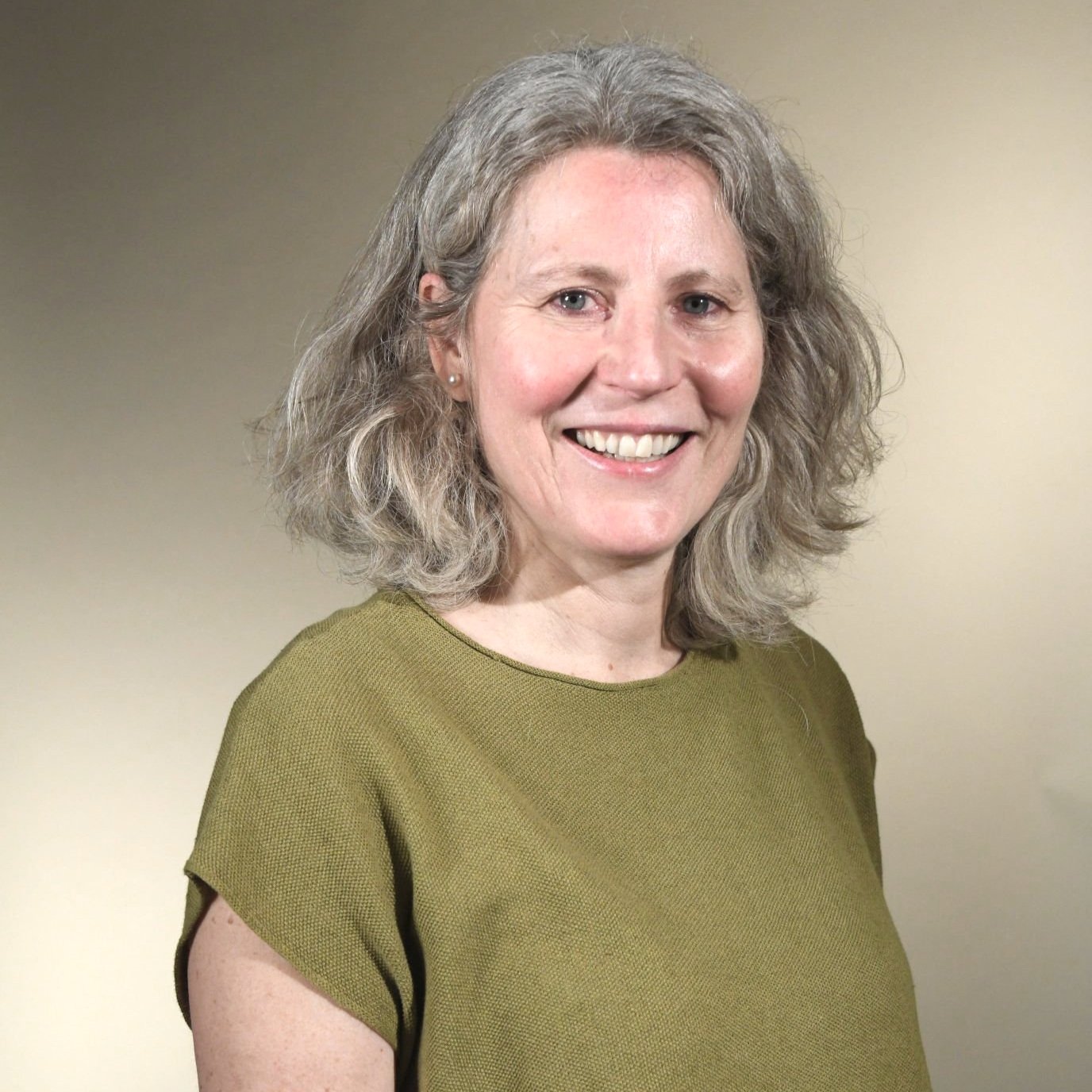Member: Hearing Restoration Project
Current Institution: Stowers Institute for Medical Research, Kansas City, Missouri
Education: Ph.D. from the Max Planck Institute for Developmental Biology in Tübingen, Germany; Postdoctoral work at the National Institutes of Health’s National Institute for Child Health and Human Development
What is your area of focus?
My lab seeks to identify how cells communicate and induce hair cell regeneration in zebrafish, which regenerate their hair cells (and restore hearing) throughout life. Specifically, we are aiming to determine which genes are turned on in neighboring support cells after hair cell death, as these are the genes that instruct support cells to divide and replace hair cells. We are also investigating whether all support cells possess the ability to make new hair cells or if this ability is restricted to a unique subpopulation of cells.
Identifying the genes that trigger regeneration in neighboring cells is crucial, as activation of these genes might be able to trigger regeneration in mammals. Once we have identified where this signaling cascade is blocked, we can design therapies to circumvent this block and trigger regeneration.
Why did you decide to get into scientific research?
Ever since I was little, I have been intrigued by how beautiful and complex nature is. In high school I began to realize that our scientific knowledge is actually rather limited. I found that intriguing as there is still so much to learn and one will always make new discoveries.
What is the most exciting part of your research?
I find it thrilling to observe and study cellular behaviors in live embryos. Very often we start making discoveries by just looking at how cells behave under a microscope. Seeing developing embryos or regenerating sensory organs is a very aesthetic experience. Even under a simple light microscope embryos and larvae are beautiful. Our work is a detective story that consists of many puzzle pieces and is therefore never boring!
What are memorable moments from your career?
Luckily, I have had a number of them. Many include times when, after performing experiments for a long time, a whole set of different results proves to be consistent and allows one to understand a biological process. I also love the moments when students or postdoctoral fellows come into my office and ask, “Tatjana, do you want to see something really interesting?” It can mean they observed something unexpected, leading to a back and forth of possible explanations and how to best test them.
Why hearing research?
What fascinates me is that only mammals seem to have lost the ability to regenerate hair
cells. In fact, as discovered by my HRP colleagues Neil Segil, Ph.D., and Andy Groves, Ph.D., very young mouse embryos possess a limited ability to regenerate hair cells—arguing that the “machinery” to replace hair cells is present in mammals, but deactivates as the animals age.
The development of sensory organs, such as the ear, is an extremely complex process. All hair cells must also be precisely arranged in bundles and rows to be able to capture sound and transmit it to the brain. We want to identify how these cells communicate and interact to achieve this precision—and ability to regenerate.
What have you gained from the HRP consortium thus far?
I have already tremendously benefited from the collaborative model of the consortium, as I have learned a lot about hair cell development and regeneration in other species, such as the chicken and the mouse. The collective knowledge has provided me invaluable feedback that has led me to design better experiments and improved interpretations of results in the context of what is known from other species. Also, being able to gain almost immediate access to other HRP scientists’ data allows us to perform follow-up experiments quickly, rather than having to wait one or two years before the data is published.
What is needed to help make HRP goals happen?
The success of the HRP is intimately linked with the availability of funds. The budget of the National Institutes of Health (NIH) is too low to fund all the studies that deserve funding, so U.S. science depends heavily on private donors and organizations such as Hearing Health Foundation. In addition, competing for NIH funding restricts one researcher’s ability to share unpublished data, another roadblock the HRP consortium has overcome.
HHF and its generous donors have made the HRP consortium and the funding for very promising projects possible; however, there’s a lot more work to be done. Other consortium members and I have already identified a significant number of genes required for hair cell regeneration in chickens and fish. With future funding we will be in a strong position to identify which gene or combinations of genes are able to trigger hair cell regeneration in mammals. Your support can make that possible.

